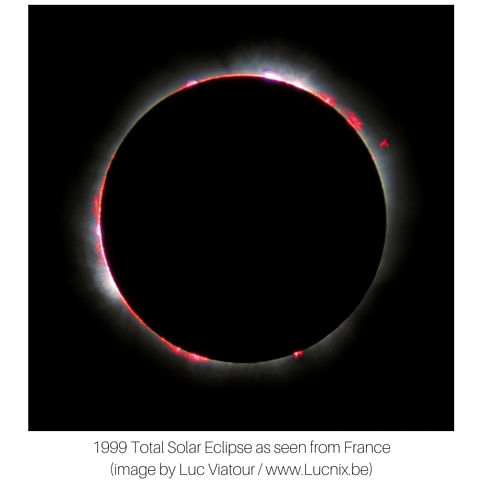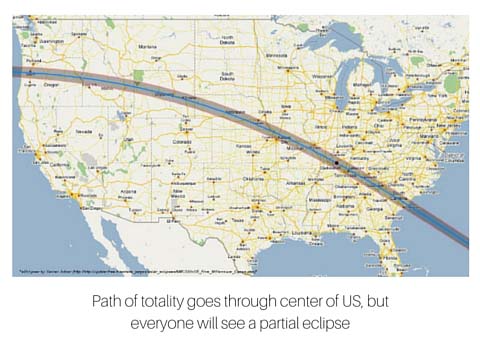Are You and Your Students Ready for the Astronomical Event of the Decade?
By Guest Blogger
Posted on 2016-05-27
On August 21, 2017, the United States will be treated to the first total eclipse of the Sun visible in the country in almost 40 years.
Because the 2017 total eclipse will be visible only in the United States, it is known as The All American Total Solar Eclipse.
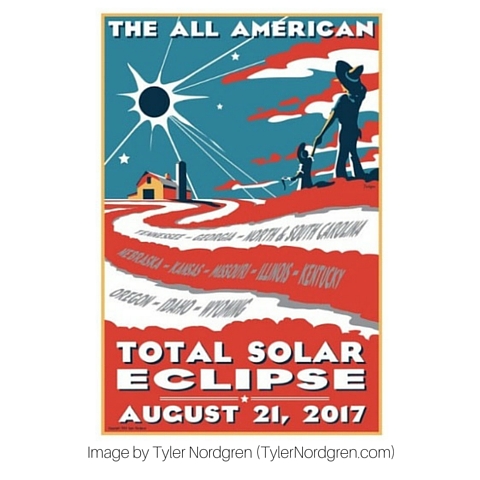 The spectacular total eclipse will only be visible in a narrow band about 60 miles across, stretching from a beach in Oregon to a beach in South Carolina.
The spectacular total eclipse will only be visible in a narrow band about 60 miles across, stretching from a beach in Oregon to a beach in South Carolina.
However, everyone in North America will see a partial solar eclipse, where a “bite” will be taken out of the Sun.
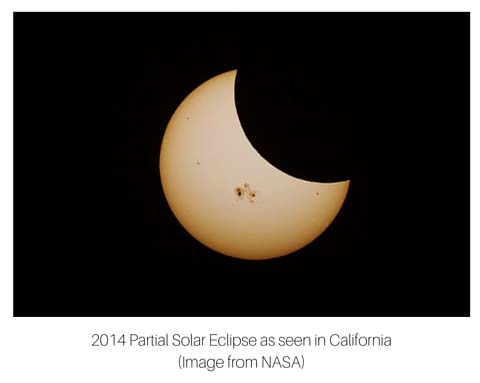 On August 21, 2017, some school districts will already have started the fall semester, while others will still be on summer break. If you are planning to travel to see the total eclipse, it may be too late, as many of the hotels and campgrounds in the eclipse path have already been reserved by astronomy enthusiasts. However, now is the right time to start planning for how you can make the solar eclipse a centerpiece of your science teaching during the coming year.
On August 21, 2017, some school districts will already have started the fall semester, while others will still be on summer break. If you are planning to travel to see the total eclipse, it may be too late, as many of the hotels and campgrounds in the eclipse path have already been reserved by astronomy enthusiasts. However, now is the right time to start planning for how you can make the solar eclipse a centerpiece of your science teaching during the coming year.
First of all, you will want to download the free 8-page Eclipse Observing Guide published by the National Science Teachers Association (NSTA).
This will give you all the basic information you need: The cause of eclipses, where and when you can see the 2017 eclipse, what time it will happen in each part of the United States, and how to help students observe it safely (including how to get inexpensive, but safe glasses). Feel free to share copies of the booklet or its URL with colleagues, plus students and their families. (When you look at the map of the total eclipse path, if you find you have relatives or friends in that zone, now may be the time to start being REALLY nice to them.)
Next, you can start deciding how to incorporate the Sun, Moon, and eclipses into your 2016-17 curriculum, so you can make the most of this wonderful teachable moment. NSTA realized that this would be great timing to publish a book full of hands-on experiences and teaching resources for educators, Solar Science: Exploring Sunspots, Seasons, Eclipses, and More.
 Solar Science provides detailed experiences and information that will not only prepare you and your students for the eclipse, but also give you the tools you need to convey key science concepts associated with the eclipse: the motions of the Moon and Sun in the sky, the causes of the Moon’s phases, how these relate to the causes of an eclipse, and the reason we had to wait 40 years to see another total solar eclipse in the United States. All of experiences in the book are aligned with the Next Generation Science Standards (NGSS) and use the 5E instructional model.
Solar Science provides detailed experiences and information that will not only prepare you and your students for the eclipse, but also give you the tools you need to convey key science concepts associated with the eclipse: the motions of the Moon and Sun in the sky, the causes of the Moon’s phases, how these relate to the causes of an eclipse, and the reason we had to wait 40 years to see another total solar eclipse in the United States. All of experiences in the book are aligned with the Next Generation Science Standards (NGSS) and use the 5E instructional model.
But we hope your eclipse teaching activities will not be limited to your students. We know that people learn best what they teach others, so please consider having your students become eclipse experts to their families, to other classes, or to your whole school. If you get ambitious, they (and you) could link up with your local library or community center to become a resource to the entire community. You could:
- Host an eclipse observing party at your school that includes information, demonstrations, and safe observing. For example:
- Start the party before the eclipse begins and have eclipse glasses or materials available for everyone to make their own pinhole sun-projector.
- Connect with your local amateur astronomy group to see if they will set up telescopes to observe the eclipse. Check out the Night Sky Network to find if there is an amateur astronomy group near you.
- Follow the instructions in the NSTA Observing Guide to have binocular stations to project images of the Sun.
- Sell eclipse viewing glasses as a school fundraiser (See web links for bulk purchase of glasses in the Eclipse Observing Guide).
- During the weeks leading up to the eclipse, offer to do public sessions at the local library or community center, where you share ways to observe the eclipse safely or have them build pinhole sun projectors. This is another place to set up binoculars to show how to safely view the eclipse and/or to sell eclipse viewing glasses.
No matter what you decide to do, we wish you a cloudless, safe eclipse, and an educational event that will be remembered by your students for the rest of their lives.
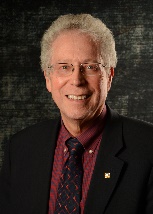 Dennis Schatz was for many years the Senior Vice President of the Pacific Science Center in Seattle, and is the author of 23 science books for children. He was program director for science education at the National Science Foundation from 2011 to 2015, before returning to Pacific Science Center as Senior Advisor. (See www.dennisschatz.org for more information)
Dennis Schatz was for many years the Senior Vice President of the Pacific Science Center in Seattle, and is the author of 23 science books for children. He was program director for science education at the National Science Foundation from 2011 to 2015, before returning to Pacific Science Center as Senior Advisor. (See www.dennisschatz.org for more information)
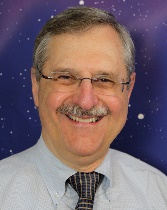 Andrew Fraknoi is the Chair of the Astronomy Department at Foothill College in the San Francisco Bay Area and a former Executive Director of the Astronomical Society of the Pacific. He is the lead author of a college astronomy textbook and appears frequently on local and national radio programs explaining astronomical developments.
Andrew Fraknoi is the Chair of the Astronomy Department at Foothill College in the San Francisco Bay Area and a former Executive Director of the Astronomical Society of the Pacific. He is the lead author of a college astronomy textbook and appears frequently on local and national radio programs explaining astronomical developments.
Solar Science is published by NSTA Press and is available in the NSTA Science Store.
The miss
ion of NSTA is to promote excellence and innovation in science teaching and learning for all.
Future NSTA Conferences
NGSS Workshops
- Discover the NGSS, San Diego, June 29–30
- NGSS Summer Institute, Reno, July 15
- NGSS Summer Institute, Detroit, Aug. 8
- Discover the NGSS, Fall 2016 & Spring 2017
2016 STEM Forum & Expo
2016 Area Conferences
2017 National Conference
Follow NSTA
Disclaimer: The views expressed in this blog post are those of the author(s) and do not necessarily reflect the official position of the National Science Teaching Association (NSTA).



